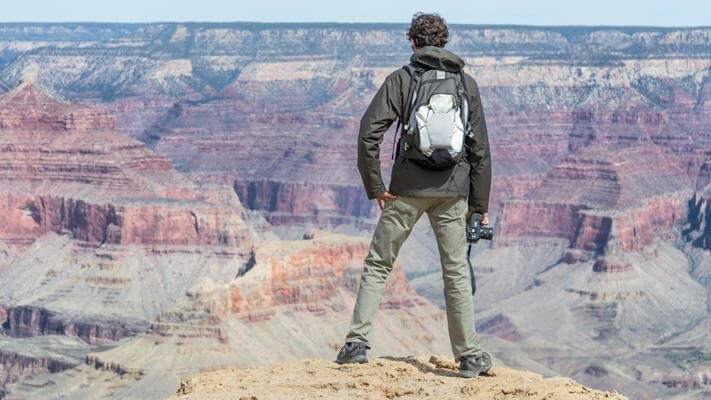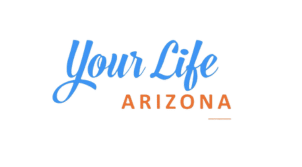Home / Patient Success / How orthobiologics got Case back to marathon Shape
How orthobiologics got Case back to marathon Shape

They might look harmless, but even low-rise speed bumps can do serious damage. Traveling at the 35 mph speed limit near the Ontario (CA) airport one night in 2009, Stephen Case’s vehicle hit a poorly marked speed bump.
“The pain was instantaneous,” Case said, “and excruciating.
His low back pain originated from injury to his L4-5 and L5-S1 discs.
Case, 48, a computer programmer and integration architect from Mesa, (AZ), dealt with the pain for many years rather than submit to some doctors’ suggested treatments and surgery. “The options were to go in and get disc fusion,” Case said. That would mean opening up the stomach and going in from the front. “My whole focus was, there’s got to be something better,” Case explained. “What’s the latest and greatest thing going on?”
A marathoner and avid backpacker before his back injury, Case could do little without pain in his back limiting him.
An acquaintance told Case about Michael Wolff, MD and Southwest Spine and Sports. “I received a referral, from a friend who worked with someone who had a herniated disc. She said her friend would never go out with co-workers or friends, and if she did go out, she’d complain about how much her back hurt.” That behavior changed after the woman received successful treatment from Southwest Spine & Sports, Case added.
Case underwent a comprehensive evaluation at Southwest Spine and Sports. An MRI revealed disc deterioration and internal disc disruption of the L4-5, L5-S1 discs. After reviewing multiple treatment options, he decided to proceed with an experimental leading-edge non-surgical treatment – orthobiologics. After receiving intradiscal treatment with orthobiologicsat Southwest Spine & Sports in September, Case estimated two months later by October, the two damaged painful discs were 90 percent improved. “I haven’t done any running or anything like that,” Case said. “I’m not expecting to marathon again, but I do hope to strap on a backpack. I can resume my normal activities.”
The first procedure brought great relief, Case said, and he’s much improved. Case noted he also loves to work on old cars. While it’s always valuable to pay attention to road conditions, “bumps on the road used to mean more.”
And Case continues to spread the word about his successful treatment, which, ironically, creates an inconvenient issue for him. “I’ve got to stop referring people because it makes it hard to get an appointment.”
TAGS












